As the dust settles on the second phase of the 2024 Lok Sabha elections, a 63% voter turnout has been recorded across 88 constituencies in 13 states, reflecting a vibrant yet complex electoral landscape. This phase not only tested the electoral machinery but also the pulse of the Indian electorate, spanning diverse demographics and geopolitical backdrops. From high-profile candidates to first-time transgender contestants and communities boycotting the polls, this election phase encapsulates the multifaceted nature of Indian democracy. But what does this turnout tell us about voter engagement and the health of democratic processes in India today?
Overview of Phase 2 Voting:
The second phase of voting covered states from Kerala to Jammu and Kashmir, with notable candidates including Rahul Gandhi, Shashi Tharoor, and Hema Malini drawing voters to the polls. Despite the broad participation, certain areas like Uttar Pradesh’s Mathura and Rajasthan’s Banswara saw boycotts, highlighting localized grievances that go beyond the electoral promises. Meanwhile, the participation of Bru voters from Tripura marks a significant turn towards inclusivity, counterbalancing the contentious atmosphere in other regions.
Challenges and Controversies:
The elections were not without their controversies. Allegations of poll code violations by prominent figures such as PM Modi and Rahul Gandhi, along with accusations of bribery and lack of transparency in places like Bengaluru Rural, have sparked debates about the integrity of the electoral process. Such incidents raise critical questions about the efficacy of the Election Commission and the ethical lines of electoral battles.
Impact of High-Profile Candidates:
The presence of celebrity and heavyweight political candidates often boosts voter turnout due to their ability to attract media attention and galvanize the electorate. However, the question remains whether their appeal translates into more informed voting or merely more votes.
As we analyze the unfolding narratives of the 2024 Lok Sabha elections, the 63% turnout in the second phase offers both hope and reflection for India’s democratic fabric. While it is a significant indicator of active political engagement, it also underscores the perennial challenges of ensuring a free, fair, and informed electoral process. As India continues to navigate through its complex political environment, understanding these dynamics becomes crucial. How do you view this turnout rate, and what do you believe influences it the most? Your insights could help shape discussions on democratic health and voter mobilization strategies in future elections.
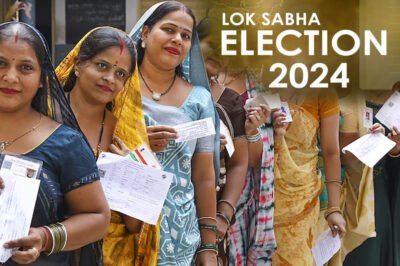












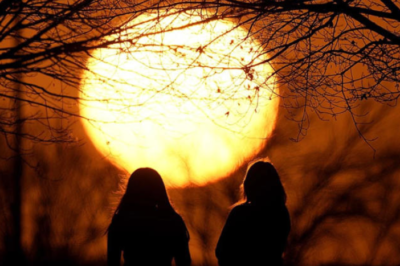



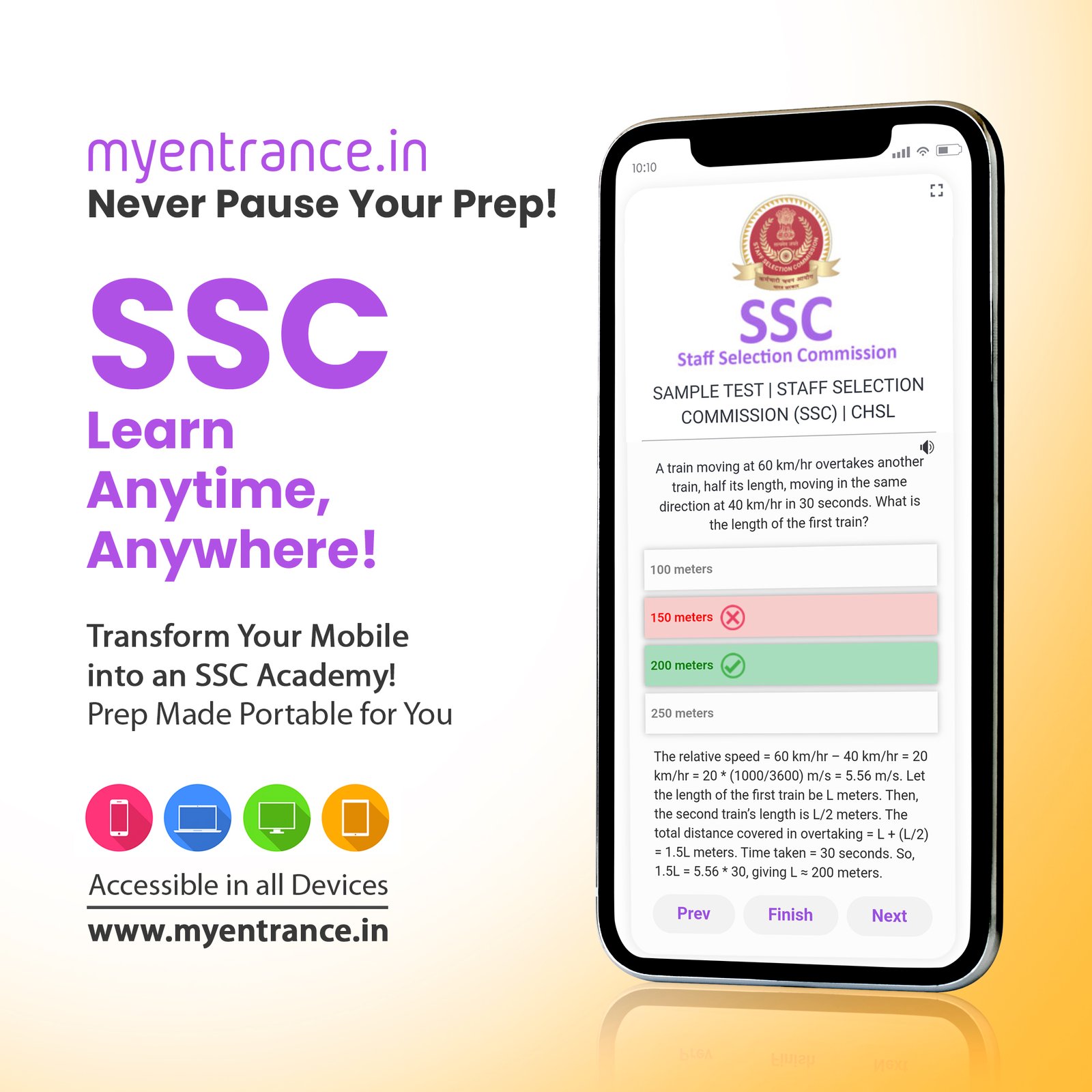
























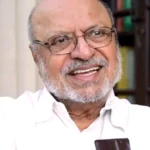

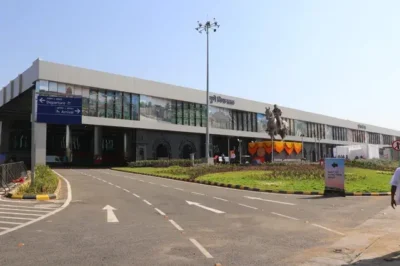







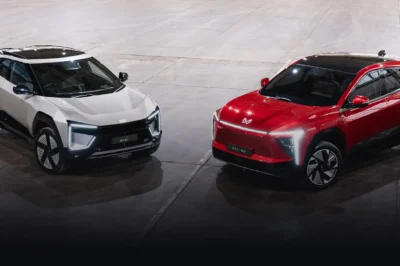

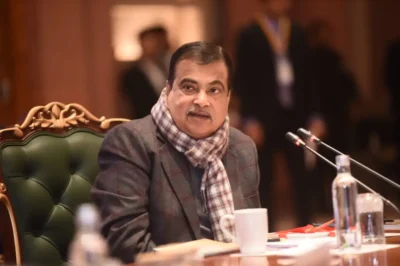

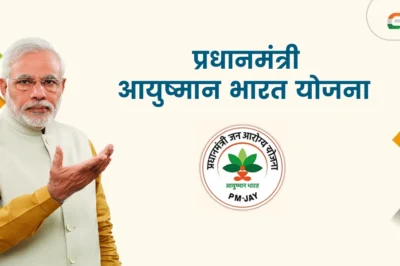
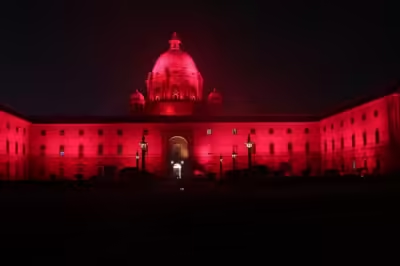
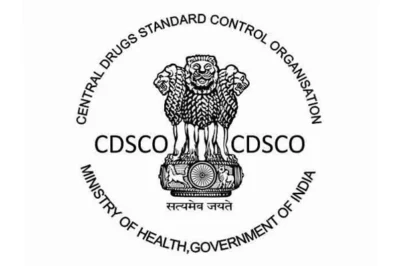

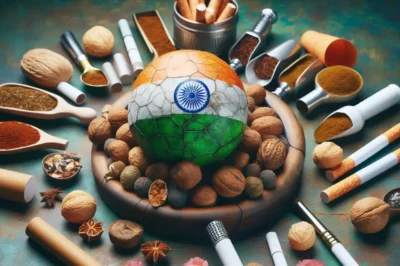




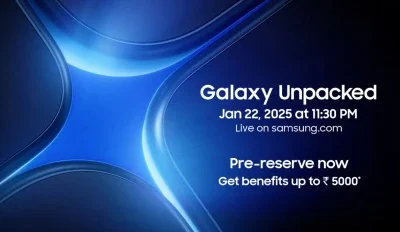





Leave a Reply